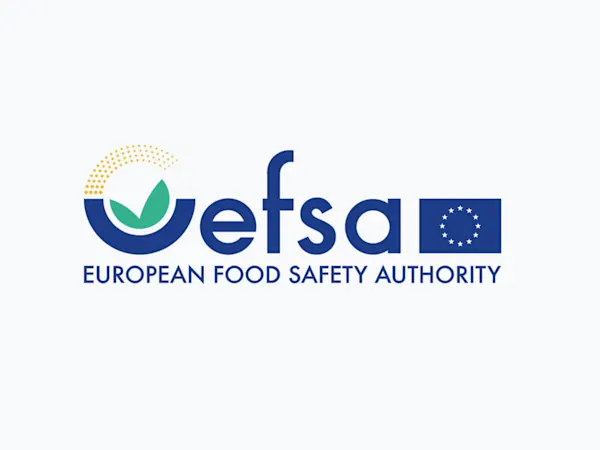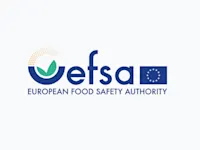
EFSA Seeks Feedback on Overhaul of Weight of Evidence and Biological Relevance Guidance
EFSA launches consultation on updating its Weight of Evidence and Biological Relevance guidance, aiming to streamline chemical risk assessment practices.


The European Parliament’s ENVI Committee has urged faster and broader EU action on PFAS following a heated policy debate with the European Commission in Brussels. The session, held in April 2025, spotlighted deep political support for an ambitious crackdown on PFAS under REACH, amid evidence of rising public health and environmental risks.
With a REACH Committee vote on firefighting foams imminent and a sweeping universal PFAS restriction under review by ECHA, the session drew attention from across the chemicals value chain. MEPs pressed the Commission to define essential uses clearly, accelerate timelines, and ensure that all citizens benefit from equal protection under EU law.
PFAS (per- and polyfluoroalkyl substances) are widely used in consumer and industrial applications, from food packaging and outdoor gear to semiconductors and medical devices. However, their extreme persistence in the environment and confirmed links to cancer, hormonal disruption, and immune system damage have triggered strong EU regulatory responses.
Commission officials reiterated their support for a risk-based approach to PFAS, but emphasised the need to await scientific opinions from ECHA before finalising a full restriction proposal. MEPs from across the political spectrum challenged this caution.
The Greens, S&D, and Left groups called for a full PFAS phase-out—including in industrial uses—citing the cost of inaction and mounting contamination. Others, including Renew and EPP, supported a pragmatic path, stressing the need to protect critical sectors while banning non-essential uses swiftly.
Several MEPs criticised delays in revising REACH, and some raised concerns about a "patchwork" of national measures if EU-level action lags behind. The upcoming universal restriction could affect up to 10,000 substances, prompting major implications for product design, compliance, and innovation strategies across sectors.
The Commission confirmed that a vote on restricting PFAS in firefighting foams will take place in the REACH Committee in early May 2025. If adopted, the restriction would enter force by the end of the year. Officials praised this proposal as a breakthrough, given the availability of alternatives and the direct environmental release of PFAS during fire suppression.
Further actions are planned under the Drinking Water Directive, Urban Wastewater Treatment Directive, and Industrial Emissions Directive, with monitoring and emissions thresholds coming into effect between 2026 and 2027. The Commission also reaffirmed its commitment to the polluter pays principle and remediation of historical contamination.
Foresight continuously tracks 1000s of sources and maps updates to your portfolio:




EFSA launches consultation on updating its Weight of Evidence and Biological Relevance guidance, aiming to streamline chemical risk assessment practices.

The Netherlands refines its list of potential ZZS chemicals to better align with EU assessments, boosting early detection and regulatory foresight.

Eurostat’s new occupational disease manual impacts EU chemical regulations. Discover how standardised data reporting will shape compliance and safety.
Subscribe to Foresight Weekly and get the latest insights on regulatory changes affecting chemical compliance.
Free forever. Unsubscribe anytime.
Read by professionals at